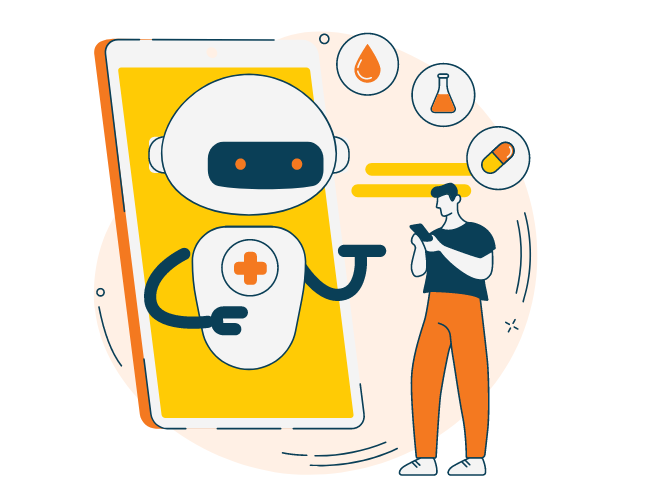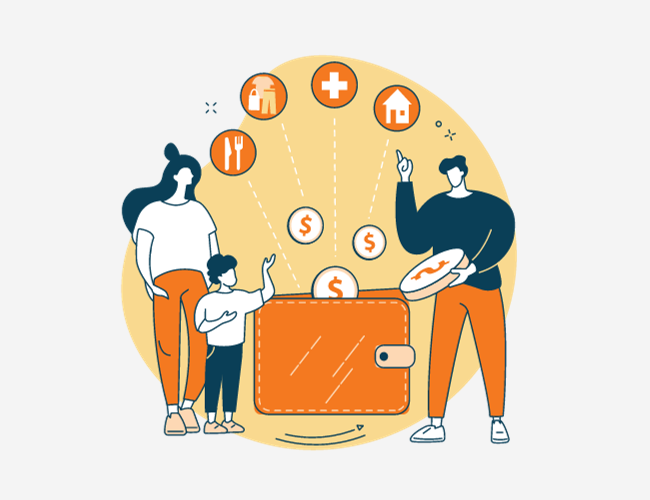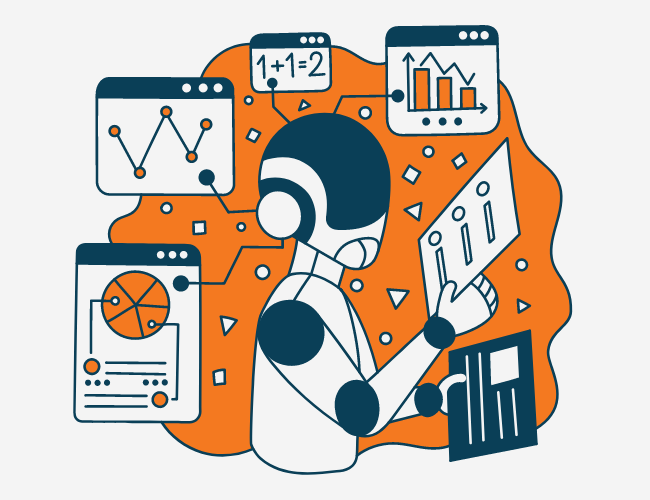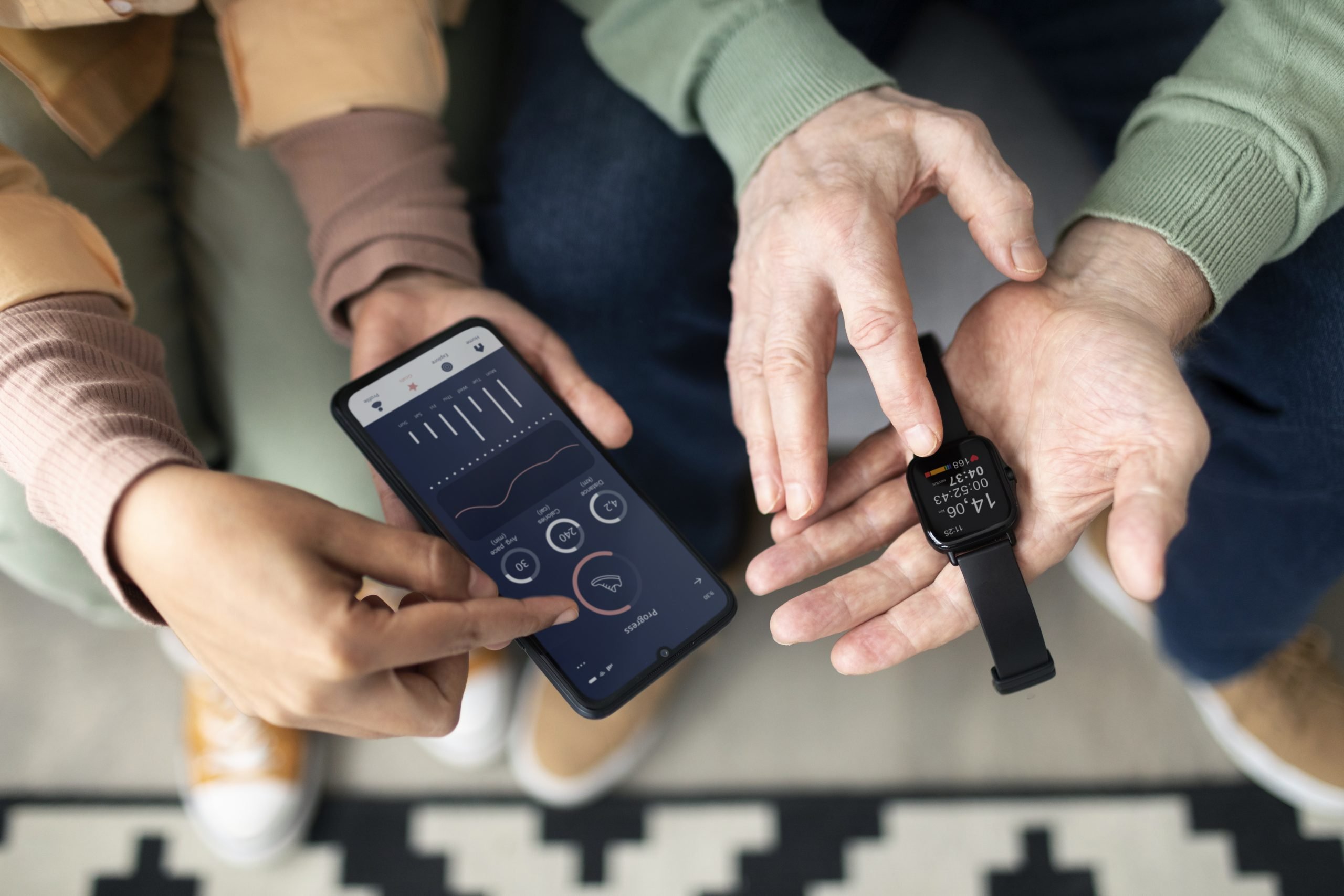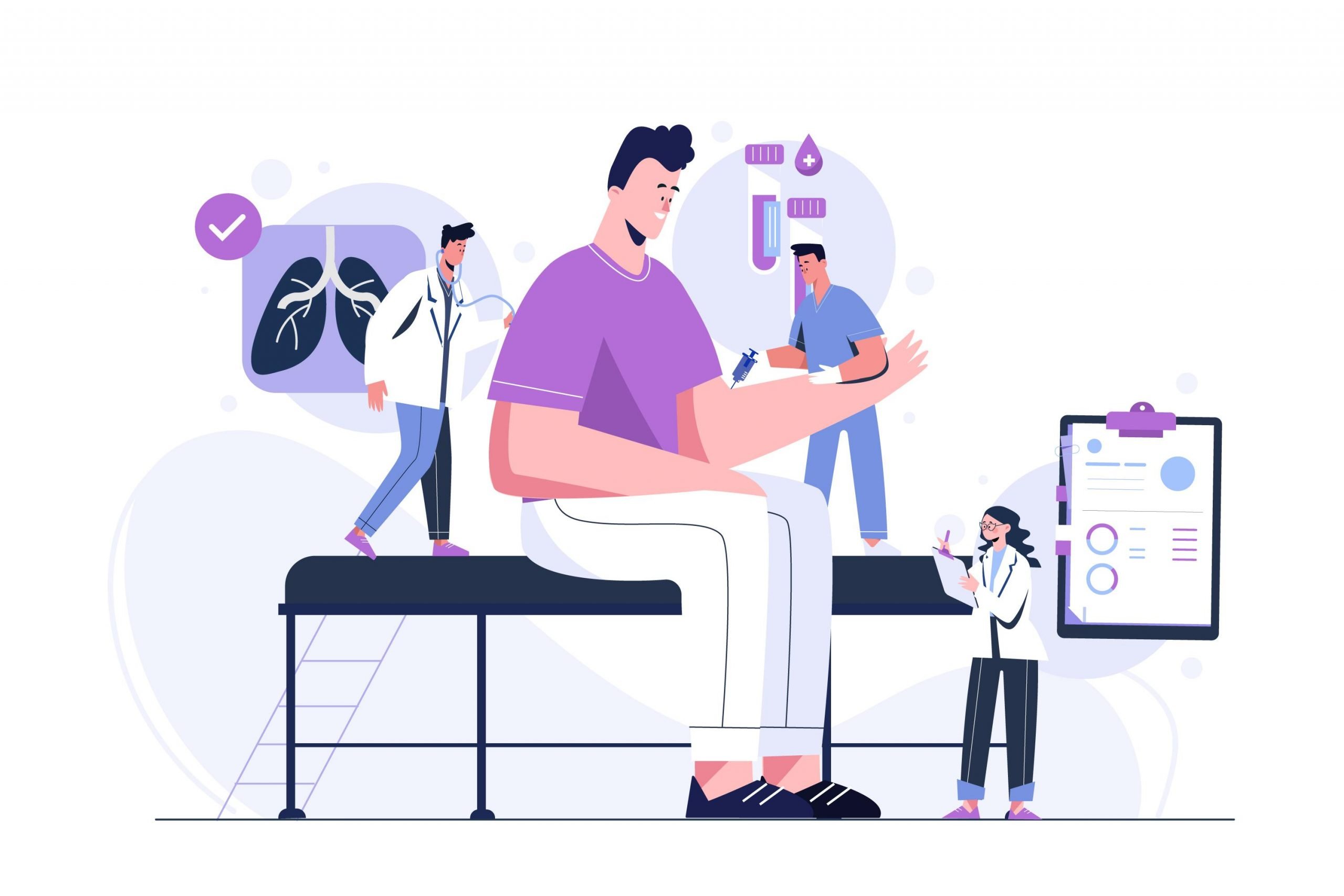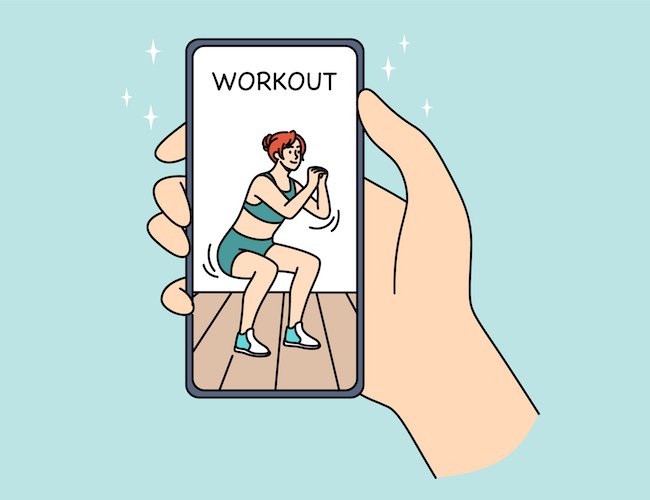A new study suggests that phone apps may help users get more daily physical activity. The trial was conducted using a smartphone app called MyHeart Counts, and users were randomly assigned one of four separate intervention groups: (i) daily prompts to complete 10,000 steps, (ii) prompts to stand after one hour of sitting, (iii) assignments to read physical activity guidelines on the American Health Association website, (iv) or e-coaching based on personal activity patterns.
More than 2,000 individuals volunteered for the study, but only 493 completed the entire set of interventions and participated for at least 35 days. Most users who completed the interventions were white males in their mid-40s.
At the end of the trial, all four groups increased daily step count by an average of 254 to 319 steps per day. No intervention proved significantly more effective in improving physical activity than any other intervention.
“The good news is that it didn’t take much to trigger more activity and it didn’t really have to be that sophisticated a reminder,” notes senior study author Dr. Euan Ashley of Stanford University. “The bad news is that it didn’t change their physical activity by much. However, a 10% increase is still worthwhile if you can implement in large populations.”
Researchers note that participants who completed the trial are not representative of a larger population. They also noted that participants who used both a smartwatch and the MyHeart Counts app logged higher step counts, making the case that wearable devices may have a bigger role in population health.
The MyHeart Counts app also monitors sleep quality as well as self-reported happiness and physical well-being. However, no statistically significant effects were noted on sleep quality or duration, time spent walking, or self-reported happiness.
Value Of Exercise
Dr. Ashley notes that “[p]hysical activity is the most potent intervention we have in medicine—more powerful than any drug.” In an e-mail to Reuters Health, he says that physical activity can help manage heart disease, diabetes, many cancers, mental health issues, musculoskeletal conditions, and many more health concerns. “Getting people to exercise just a little more can have a dramatic effect on health.” The impact physical activity has on multiple areas of well-being highlights the interconnectedness of health. It is also a reminder that companies focused on mental health or other dimensions of well-being must include physical activity programs a well.
Although the personal benefits of exercise are well-documented, employers often may not give physical activity appropriate credit in employee wellness programs. When employees incorporate regular physical activity into their day, their companies benefit in multiple ways, including employees with improved mental acuity and stamina, better social connections, more effective teams, and reduced absenteeism. Some companies have even started encouraging employees to exercise “on the clock.”
The good news is that exercise doesn’t have to be complicated, expensive, or even all that vigorous to produce results. Several studies suggest that even moderate walks or short bursts of activity spread throughout the day can produce marked improvements in physical and mental health and even, potentially, stave off the effects of aging.
Workplace Applications
The results of this study suggest that employers who want to encourage both wellness program engagement and physical activity need look no further than their employees’ smartphones.
Dr. Mitesh Patel directs the Penn Medicine Nudge Unit at the University of Pennsylvania in Philadelphia. The unit examines gamification of physical activity through clinical trials. “Simple interventions through mobile applications can help to increase your engagement in healthy behaviors like physical activity,” he told Reuters Health via email.
The effectiveness of mobile apps isn’t confined to physical activity. Mobile apps can make it easier for employees to fully engage in corporate wellness programs. Companies can use apps in a variety of creative and personalized ways—tracking participation in challenges, communicating new wellness program features, or targeting specific wellness concerns privately. For instance, an employee who has concerns about financial or mental wellness could access resources through the app instead of face to face, which could make the employee more likely to seek help.



